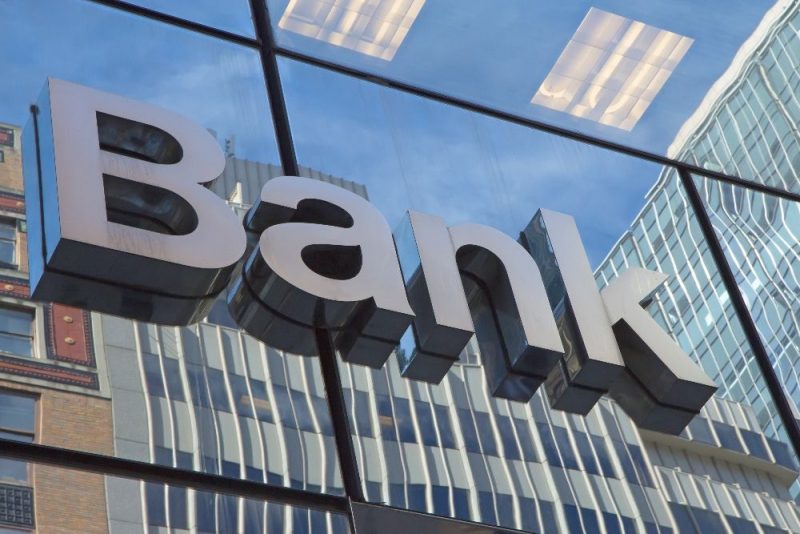In a recent press conference, Emilio Romano, Bank of America’s director of Mexico operations, expressed optimism about the bank’s future in the country.
Despite recent uncertainty caused by President-elect Donald Trump’s threats to impose tariffs on Mexican goods, the bank remains hopeful about benefiting from the “nearshoring” trend.
As businesses look to Mexico to strengthen their supply chains, Bank of America anticipates considerable revenue and customer volume growth over the next five years.
The context of the tariff threats
The North American economic landscape is currently in disarray as a result of President Trump’s remarks earlier this week about prospective tariffs on Mexico and Canada.
This has increased market volatility and prompted concerns about the stability of multinational firms’ investments in the region.
The United States-Mexico-Canada Agreement (USMCA), which is the cornerstone of the three countries’ commercial relations, is set to be reviewed in 2026.
The intertwined economies of the United States and Mexico rely significantly on mutual imports and exports, so any big policy changes could have a significant impact.
The Nearshoring Trend.
Emilio Romano highlighted a crucial trend altering Mexico’s economic landscape: nearshoring, often known as friend sharing.
As pressure mounts to shorten supply chains and minimize dependency on other nations, many huge multinational corporations are shifting their operations closer to home.
Mexico, Latin America’s second-largest economy, stands to benefit significantly from this transition.
Romano stated, “We believe the nearshoring or friend-shoring tendency will not be reversed. Mexico will not break from the North American economic union; there is no going back.”
This foresight indicates a strategy shift as organizations seek more dependable and cost-effective solutions amid global upheavals.
Several corporations are recognizing that re-establishing operations in Mexico gives them access to trained labour and competitive manufacturing costs, allowing them to avoid supply chain disruption concerns.
Bank of America’s aspirations
With this positive outlook, Bank of America has set lofty targets for its business in Mexico. Romano stated that the bank expects to double its revenue and client volume during the next five years.
Such estimates demonstrate not only confidence in the Mexican market but also a strategic convergence with the growing trend of firms wanting closer proximity to their North American customers.
By building a more integrated presence in Mexico, Bank of America hopes to better service existing clients while also recruiting new ones lured to the benefits of nearshoring.
The bank’s investment in technology and dedication to economic development in Mexico may stimulate additional foreign direct investment (FDI) in the country, adding to its long-term economic stability.
Balance risks and opportunities
While the bank retains a constructive outlook, it is critical to acknowledge the possible dangers created by external uncertainty, particularly given the current political context.
Unpredictability in trade policy and tariffs remains a problem, potentially affecting market confidence and investment decisions.
Despite these obstacles, Romano emphasized that “it will be very difficult for uncertainties, either internal or external effects, to alter or modify the opportunities that we see in Mexico.”
This firm posture indicates the bank’s determination to navigate the economic situation with resiliency.
Despite the ongoing changes and challenges in the North American trade climate, Bank of America remains positive about its prospects in Mexico.
Regardless of the possible impact of tariffs and political uncertainties, the nearshoring trend offers numerous growth prospects.
With plans to double income and client volume, the bank exemplifies adaptability and strategic insight in capitalizing on Mexico’s economic integration into the larger North American scene.
The post Bank of America backs Mexico’s economy despite Trump’s tariff concerns appeared first on Invezz

